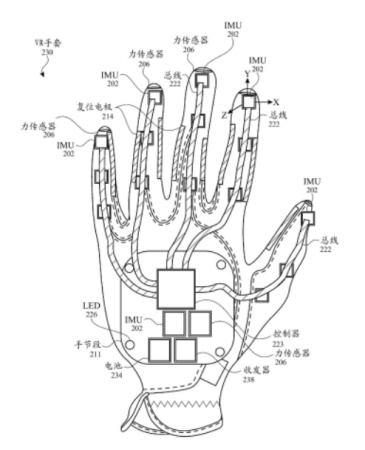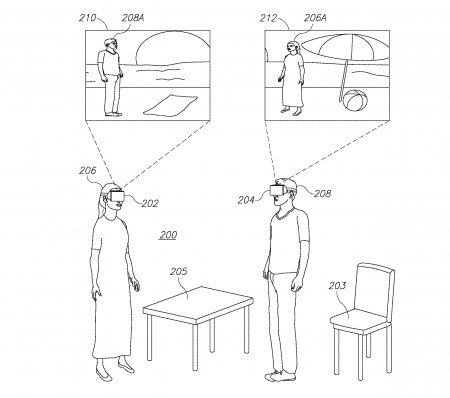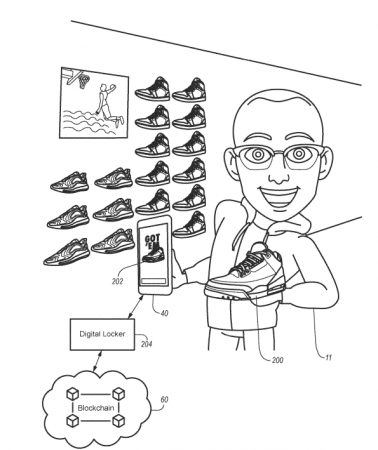Problems in the Metaverse?
Patenting doesn’t have to be one of them.
For all the recent media hype, the “Metaverse” is still in the early stages of development. Once established, the metaverse will likely embody a shared, immersive, persistent virtual platform, that can be accessed from desktops, mobile devices and extended reality headsets, and provide a space parallel to the physical world where users can work, socialise, shop and consume content in the form of their digital avatars. At the moment however, this seems a very distant (virtual) reality.
Furthermore, there are noticeable signs that the initial metaverse hype is settling down. Last week the EU threw a launch party in its €400k metaverse, which was attended by just six people. On Monday, it was revealed that “Metaverse” had lost out on the Oxford Word of the Year 2022, being beaten by “Goblin Mode” which won 93 percent of the public vote. And yet, the potential commercial opportunities available in the metaverse are well recognised, with an exponential increase in intellectual property activity for metaverse-related technologies to prove it. The 2021 global metaverse market was valued at USD 22.79 billion and is expected to grow at a compound annual growth rate of 39.8% during 2022-2030. Recent predictions put the metaverse market value by 2030 between $8 trillion and $13 trillion, with some five billion users. Thus, individuals and businesses should act now to secure their position in this increasingly competitive field; the perceived challenges associated with successfully obtaining useful patent protection in the metaverse should not deter them from doing so.
Facebook’s rebrand to Meta last year launched the notion of the metaverse into the mainstream media. However, patent applications for metaverse-related technologies have been on the rise for more than a decade. Global businesses such as Meta, Microsoft, Apple, Sony and Nike have been growing their patent portfolios, seemingly as part of a strategy to secure their position in the metaverse space. Recent patent applications include ones relating to: a virtual reality glove for precisely measuring the movement of single finger and hand segments (see Figure 1.); a method for rendering an unobstructed view of the face of a wearer of a virtual reality headset (see Figure 2.); and “CryptoKick” sneakers, which use blockchain technology to connect a real-world shoe to a digital representation of the shoe in the virtual world (for wearing by the purchaser’s digital avatar) (see Figure 3.).
In general, for any patent to be granted, the scope of protection must relate to novel and inventive subject-matter in a technical field, that is capable of industrial application. When determining an approach to patenting metaverse-related inventions, a broad distinction can be made between the two categories of hardware and software technology. Different considerations are required for hardware and software inventions in general, and especially in relation to their distinct metaverse-related challenges.

Figure 1. CN109582125B, Apple Inc,
“IMU (inertial measurement unit)-Based Gloves”
Patents for Hardware Inventions
The patenting process for hardware inventions is, in principle, relatively straightforward. Devices such as extended reality headsets, haptic clothing, sensors, semiconductor components and CPUs, can readily be accepted as technical subject-matter. The challenge with this type of technology is the number and density of existing patents; much of the hardware with applications to the metaverse has long since been in development. Thus, distinguishing the subject-matter of a new patent application from the devices already in existence (to fulfil novelty and inventive step requirements), should be a key focus of patenting strategy. Even seemingly subtle advancements can lead to an invention being patentable.
Highlighting these advancements in a patent application, by identifying the key inventive features and describing the technical improvements that they provide, can increase the chances of grant and speed up the processing of the application. Problems solved by new metaverse hardware could be, for example: reducing the weight and bulkiness of headsets to allow them to be worn for longer periods of time; providing headsets that overcome the issue of motion sickness, that is often associated with existing models; or improving sensor arrangements in physical input and feedback devices, for better detection of user gestures.
Despite the high patent density in metaverse-related hardware inventions, rapid advancements in the technology, as well as the ever-evolving nature of the metaverse itself, means that it is possible to carve out commercially-valuable protection in this sector.

Figure 2. US11238568B2, Meta Platforms Technologies LLC,
“Method and system for reconstructing obstructed face portions for virtual reality environment”
Patents for Software Inventions
In contrast, solutions to the demanding computing requirements of the metaverse have been slower to emerge. Future software innovations will likely relate to systems for allowing the simultaneous online activity of numerous users without overloading processing resources, or to processes for overcoming network bandwidth and latency issues. Required developments in cybersecurity and user authentication will likely be based on advances in AI and blockchain technology. The challenge with protecting software inventions for the metaverse is that computer programs are variously excluded from patentability by the different patent offices as ineligible subject-matter.
The European Patent Office (EPO) is considered by many to employ the strictest approach to software inventions. The European Patent Convention (EPC) explicitly excludes from patentability computer programs “as such” and, as demonstrated in recent decision G 1/19, there are specific challenges in Europe for patenting inventions relating to simulations (see our webinar on the decision, with further advice on how to overcome these challenges here). The United States Patent and Trademark Office (USPTO) is generally considered to provide a broader scope for software patenting. However, recent decisions in respect of US 35 U.S.C. § 101 (which excludes the patenting of abstract ideas) point towards tightening restrictions in this area.
To overcome these exclusions, and also to satisfy novelty and inventive step requirements, the key is to demonstrate that a software-based invention involves an additional element, beyond just the software itself. In the US, this requires a demonstration that the invention provides “something more” than an abstract concept. In Europe, the claimed technical features (or the non-technical software features by their interaction with the technical features) must provide a technical solution to a technical problem. Thus, for successful patent prosecution, it is useful to specify in the application the concrete technical effects of the invention that achieve the beneficial result. For example, one could identify a specific technical component in an underlying device that acts in a specific way as a result of the software invention, to contribute to the beneficial technical effect.
A metaverse-specific challenge in establishing the novelty and inventiveness of software inventions will likely relate to distinguishing a process conducted in the metaverse from the same process conducted outside of the metaverse. A similar approach to this is taken currently, for software inventions based in traditional computing. That is, a process of implementing a mental act in a computing environment, with no modifications to account for the computational execution of the act, is unlikely to be considered inventive. Thus, for metaverse-related software inventions where similar processes exist in traditional computing, it will likely be important to identify and describe in detail the steps that are unique to executing the metaverse-based process, and desirably any problems that are overcome.

Figure 3. US10505726B1, Nike Inc,
“System and method for providing cryptographically secured digital assets”
Artificial intelligence (AI) is likely to play a key role in realising the advances in technology required for the further development of the metaverse. Solutions to issues such as improving accessibility and security, more effectively managing hardware and software infrastructure, improving the intelligent processing of user inputs, and providing a more personalised user experience, could all emerge from AI-based technology.
In general, there has been a trend towards the utilisation of AI as a means to develop inventions, with varying degrees of human involvement in the process. However, with respect to the ownership of a patent right, it has been established by case law at the European and US patent offices (among others) that a machine learning system or algorithm cannot be named as an inventor. The courts have been united in their conclusion that to have such a system named as an inventor would not comply with the legal requirement for an inventor to be a “natural person”.
In practice, these decisions do not mean that inventions created using AI are unpatentable, but simply that it is necessary to name at least one natural person as the inventor. This would normally be the person who has put the arrangements in place for the computer system to produce the results that it did, for example, by training it or providing the problem to be solved by the computer system. Inclusion of these details in the patent application can make clear that the novel and inventive aspects of an invention are attributable to a human being inventor using AI as a tool for the development of the inventions, rather than the AI system itself being the inventor.
Conclusion
Many global companies have long since been developing their patent portfolios in metaverse-related technology. However, the metaverse, and much of the technology required for its implementation, is still in development. It seems that progress towards the eventual arrival of the metaverse will largely be driven by advances in technology that will allow users to interact more effectively with the virtual world and, in this field, there is significant room for innovation. In Europe and elsewhere it is possible to obtain patent protection in both hardware and software inventions related to the metaverse. Especially by the early consideration of the potential challenges associated with securing patent protection in this sector, individuals and businesses can act now to carve out commercially-valuable protection in the metaverse space.
